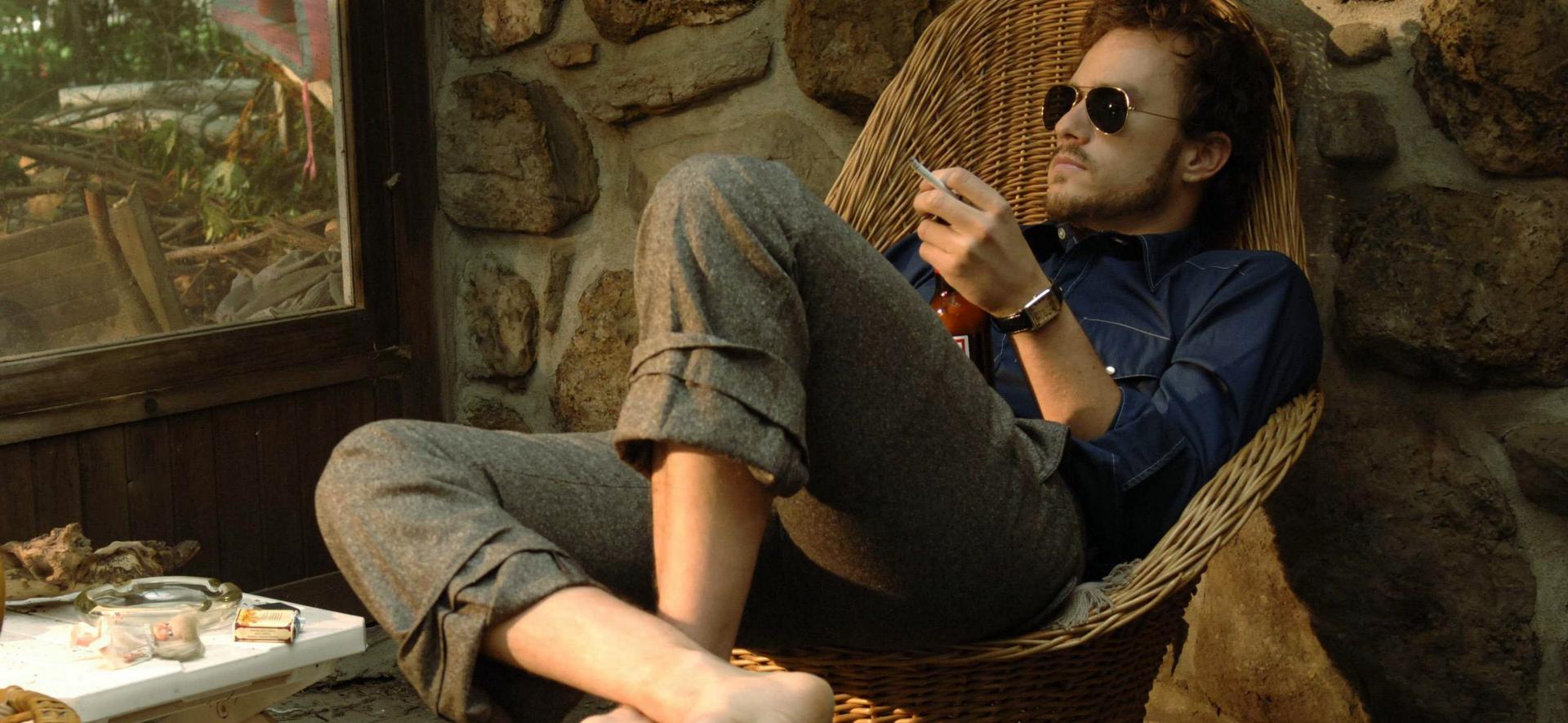
I’m Not There
 for language, some sexuality and nudity.
for language, some sexuality and nudity.
Reviewed by: Spencer Schumacher
CONTRIBUTOR
| Moral Rating: | Offensive |
| Moviemaking Quality: |
|
| Primary Audience: | Adults |
| Genre: | Biography Music Drama |
| Length: | 2 hr. 15 min. |
| Year of Release: | 2007 |
| USA Release: |
November 21, 2007 DVD: May 6, 2008 |
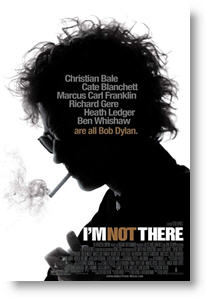


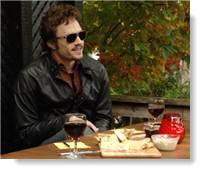
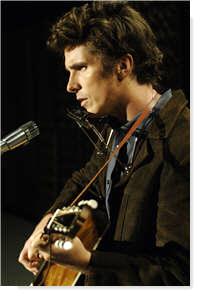
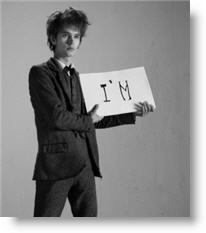
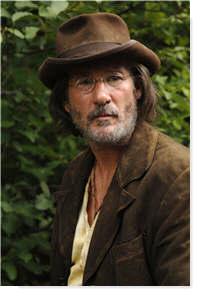
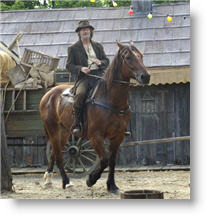
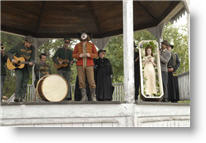
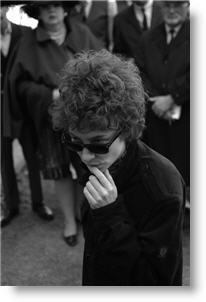

About music in the Bible
What is the Gospel?

Discover the good news that Jesus Christ offers

Why is the world the way it is? If God is all-knowing, all-powerful, and loving, would He really create a world like this? (filled with oppression, suffering, death and cruelty) Answer

Do you understand God’s Story? Take a short journey through the Bible, from Creation to eternity, summarizing of the Bible’s most important records, in chronological order.
Are you good enough to get to Heaven? Answer
How good is good enough to receive entrance to Heaven? Answer
Is everyone going to Heaven? Will all people eventually be saved? Answer

Discover God’s promise for all people—told beautifully and clearly from the beginning. Discover The HOPE! Watch it on Christian Answers—full-length motion picture.
| Featuring |
|---|
|
Christian Bale … Jack / Pastor John Heath Ledger … Robbie Charlotte Gainsbourg … Claire Cate Blanchett … Jude Ben Whishaw … Arthur Richard Gere … Billy Marcus Carl Franklin … Woody / Chaplin Boy Kris Kristofferson … Narrator (voice) Julianne Moore … Alice Fabian Michelle Williams … Coco Rivington David Cross … Allen Ginsberg Bruce Greenwood … Keenan Jones / Garrett Kristen Hager … Mona / Polly See all » |
| Director |
|
Todd Haynes |
| Producer |
|
Steven Soderbergh Philip Elway See all » |
| Distributor |
To capture the chameleon-like life of a folk/rock icon writer/director Todd Haynes (“Far From Heaven”) hired six actors to portray seven characters that make up the life of Bob Dylan in the unconventional bio-pic “I’m Not There.”
Dylan is known to have taken on different personalities and pseudonyms during his long and illustrious career—his most regularly used stage name influenced by poet Dylan Thomas—and the film uses these divergent personalities to craft a rather unique way of telling his story. For audience members who find comfort in a traditional linear structure, you won’t find it here. Though the film does have a loose narrative thread of Dylan’s life starting as an eleven year old to later in his career, the film spends a lot of time bouncing through the colorful time line that is his life.
Heath Ledger, Christian Bale, and Richard Gere are among the ensemble that take turns portraying various aspects of the musician’s life and work. Of all the portrayals of Dylan’s life, the most impressive is turned in by Cate Blanchett (“The Lord of the Rings,” “Babel”). In a rather unorthodox casting decision, Blanchett plays Dylan playing a character named Jude, Dylan during his most outspoken and argumentative days. Except for experimental films or music videos, this type of story treatment has not been done in a mainstream movie.
The film starts with a young Bobby Dylan taking on the persona of a train-hopping, eleven year-old (Marcus Carl Franklin) African-American guitar player who goes by the name of Woody Gutherie. It then goes back and forth, and forth and back, hitting various parts of his life and career.
Considering the subject matter, the film is relatively tame for an R-rating. There is a fair amount of profanity, as well as a brief sex scene early in the film between Heath Ledger’s Dylan and a young woman that we see nude in a rather tight close up of her chest. The scene is shot in very cinematic black and white. There is a brief scene of nudity when Heath Ledger parades around with a loosely hung towel.
“I’m Not There” is a film definitely for distinguished tastes. The film is very artistic, and the cinematography, that goes from lush colors to crisp black and whites, make the film artistically pleasing. Film enthusiasts and aspiring filmmakers will probably enjoy the unconventional casting and non typical story structure, and fans of Bob Dylan will probably enjoy this “out of the box” look at his life as well.
Most general audience members may not find enough in this film to sustain their interest, during the constantly shifting story structure. If you’re looking for a film a bit out of the mainstream, than “I’m Not There” may be worth finding.
Violence: None / Profanity: Moderate / Sex/Nudity: Moderate
In the late 1970s, Dylan converted to Christianity. In November 1978, guided by his friend Mary Alice Artes, Dylan made contact with the Vineyard School of Discipleship. Vineyard Pastor Kenn Gulliksen reported:
“Larry Myers and Paul Emond went over to Bob's house and ministered to him. He responded by saying yes, he did in fact want Christ in his life. And he prayed that day and received the Lord.” [Clinton Heylin, Bob Dylan: Behind the Shades Revisited (2000), p. 494. / Michael Gray, The Bob Dylan Encyclopedia (2006), pp. 76–80.]
From January to March 1979, Dylan reportedly attended Vineyard’s Bible study classes in Reseda, California.
By 1984, Dylan was distancing himself from the “born again” label. He told Kurt Loder of Rolling Stone:
“I've never said I'm ‘born again’. That's just a media term. I don't think I've been an agnostic. I've always thought there's a superior power, that this is not the real world and that there's a world to come."
In 1997, he told David Gates of Newsweek:
“Here's the thing with me and the religious thing. This is the flat-out truth: I find the religiosity and philosophy in the music. I don't find it anywhere else. Songs like ‘Let Me Rest on a Peaceful Mountain’ or ‘I Saw the Light’—that's my religion. I don't adhere to rabbis, preachers, evangelists, all of that. I've learned more from the songs than I've learned from any of this kind of entity. The songs are my lexicon. I believe the songs.”
In a 2004 interview with “60 Minutes” he told Ed Bradley, “the only person you have to think twice about lying to is either yourself or to God”. He explained his constant touring schedule as part of a bargain he made a long time ago with the “chief commander—in this earth and in the world we can't see”.
Speaking to Jeff Slate of The Wall Street Journal in December 2022, Dylan said:
“I read the scriptures a lot, meditate and pray, light candles in church. I believe in damnation and salvation as well as predestination, The Five Books of Moses, Pauline Epistles, Invocation of the Saints, all of it.” [Bob Dylan Q&A about “The Philosophy of Modern Song,” from The Wall Street Journal (December 19, 2022)]


Moral rating: Average / Moviemaking quality: 4

From a Christian perspective, this film is worth watching for two reasons. First you have a plethora of personalities of a man that may be trying to find himself or may be simply giving the public whatever, yet there is still a man searching (and finding) God amidst all the personas. Second, it is interesting as a Christian to watch a secular viewpoint of Dylan’s “Christian years” shuffled in among other times in his life. What is a matter of eternity to us is simply a chapter like any other for an unbeliever.
If you don’t like Dylan, don’t bother with this film. If you are, you will find yourself thinking about little else for some time after watching the film.
My Ratings: Average / 5